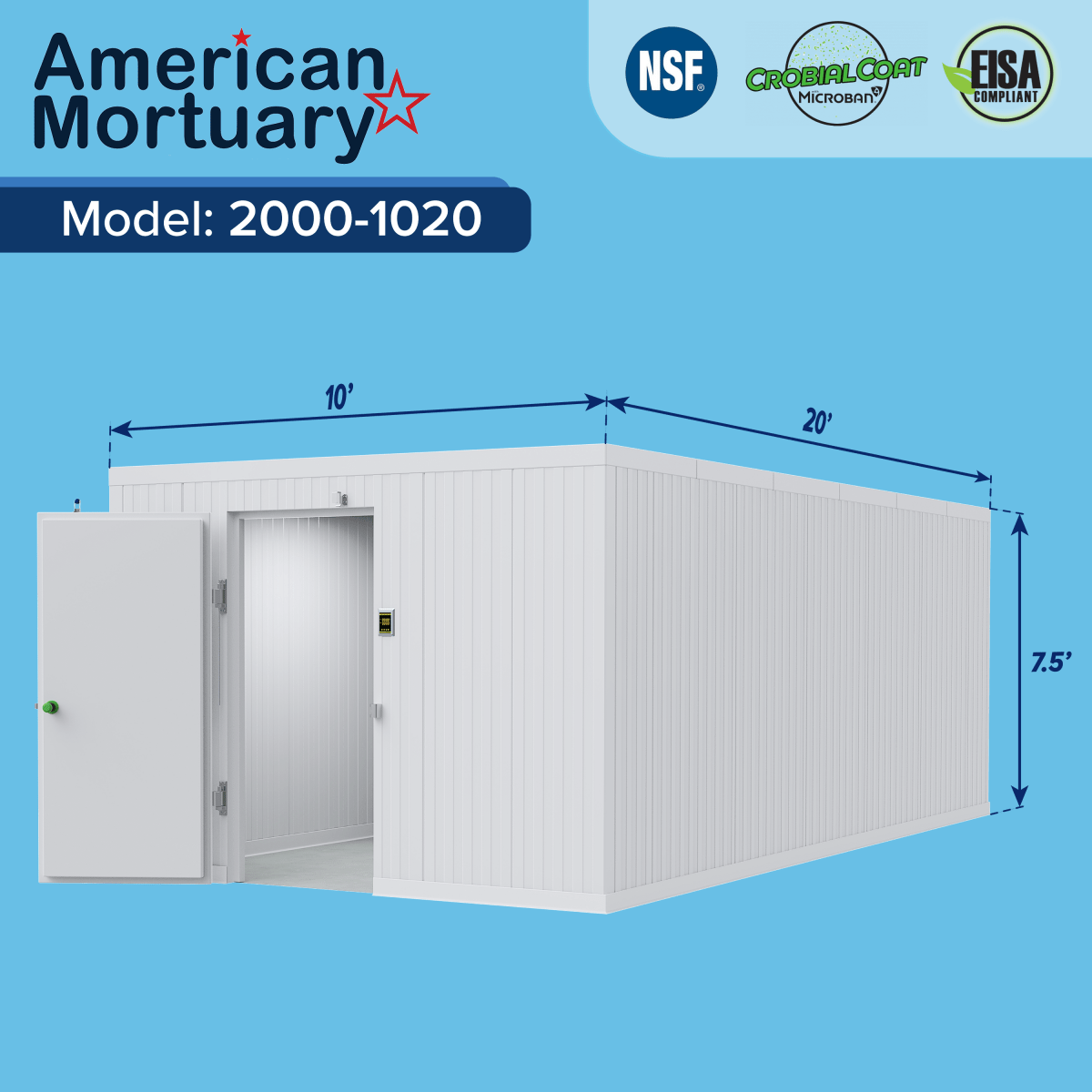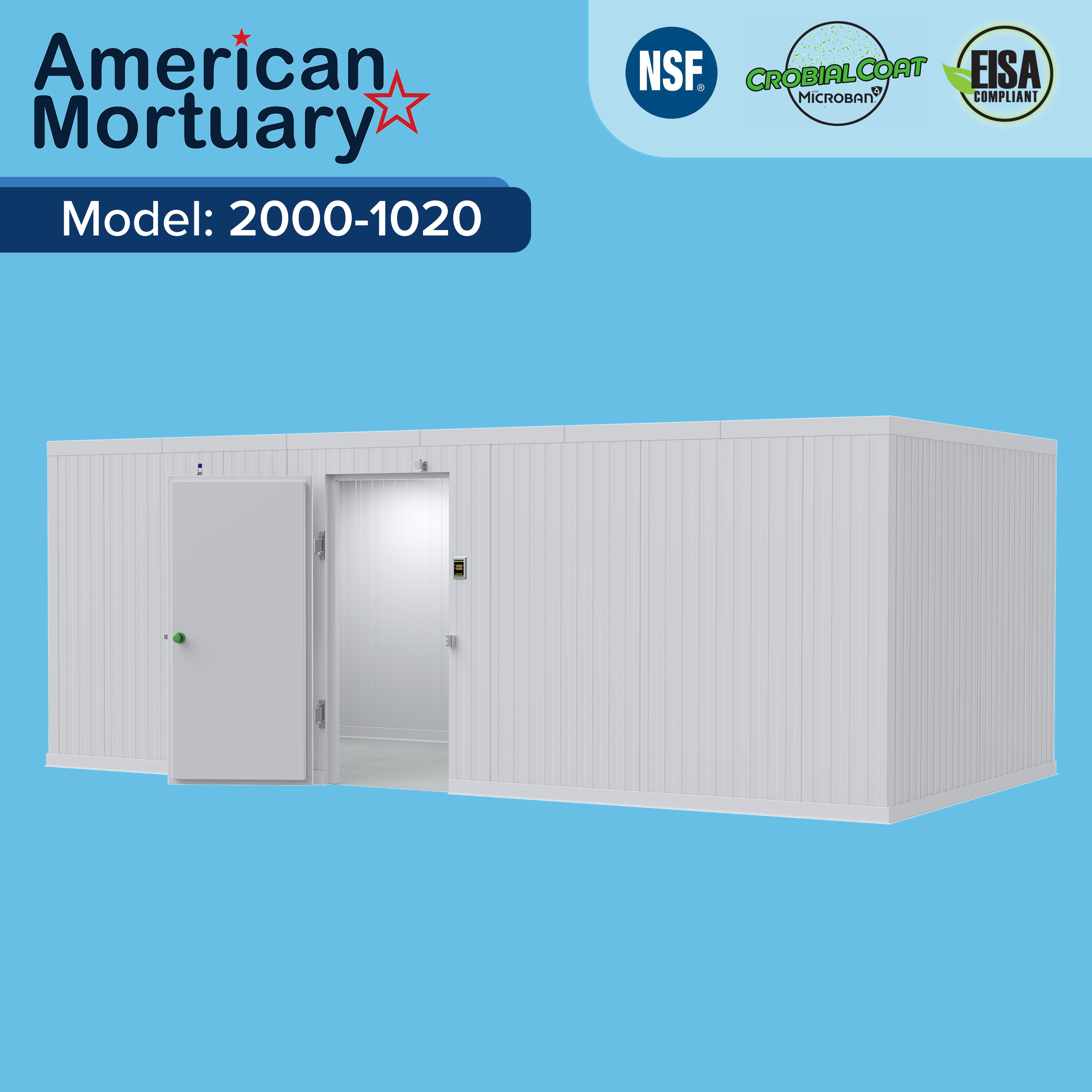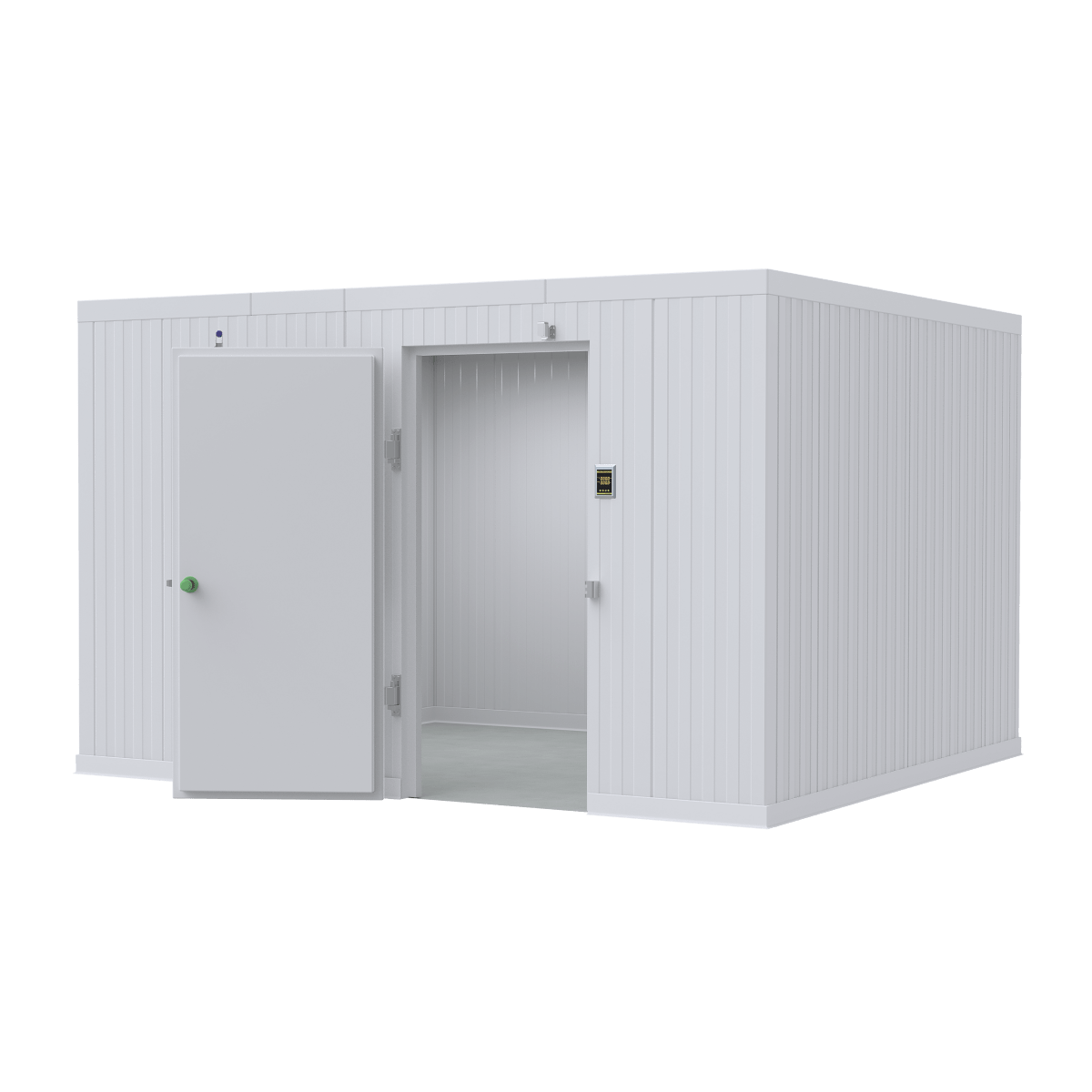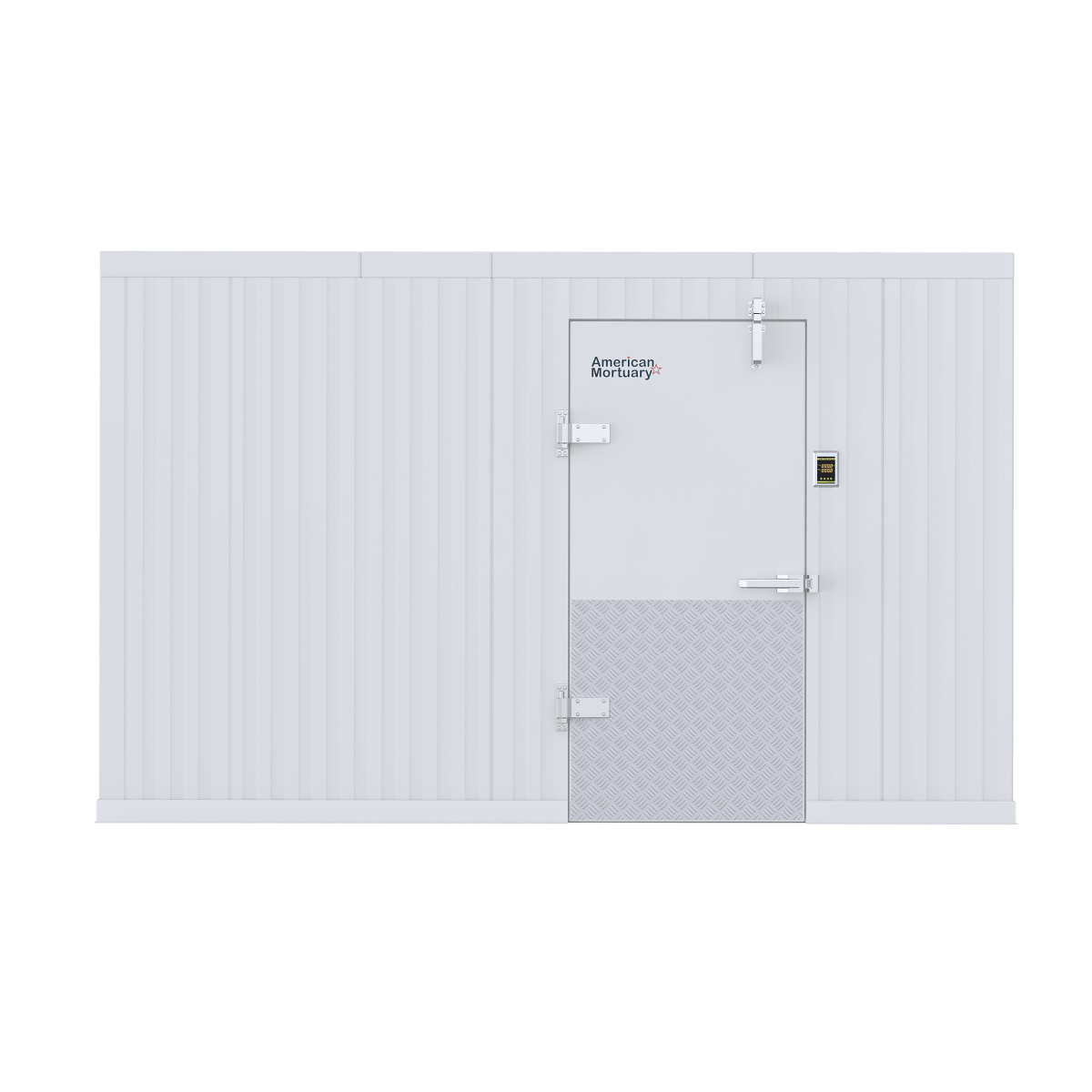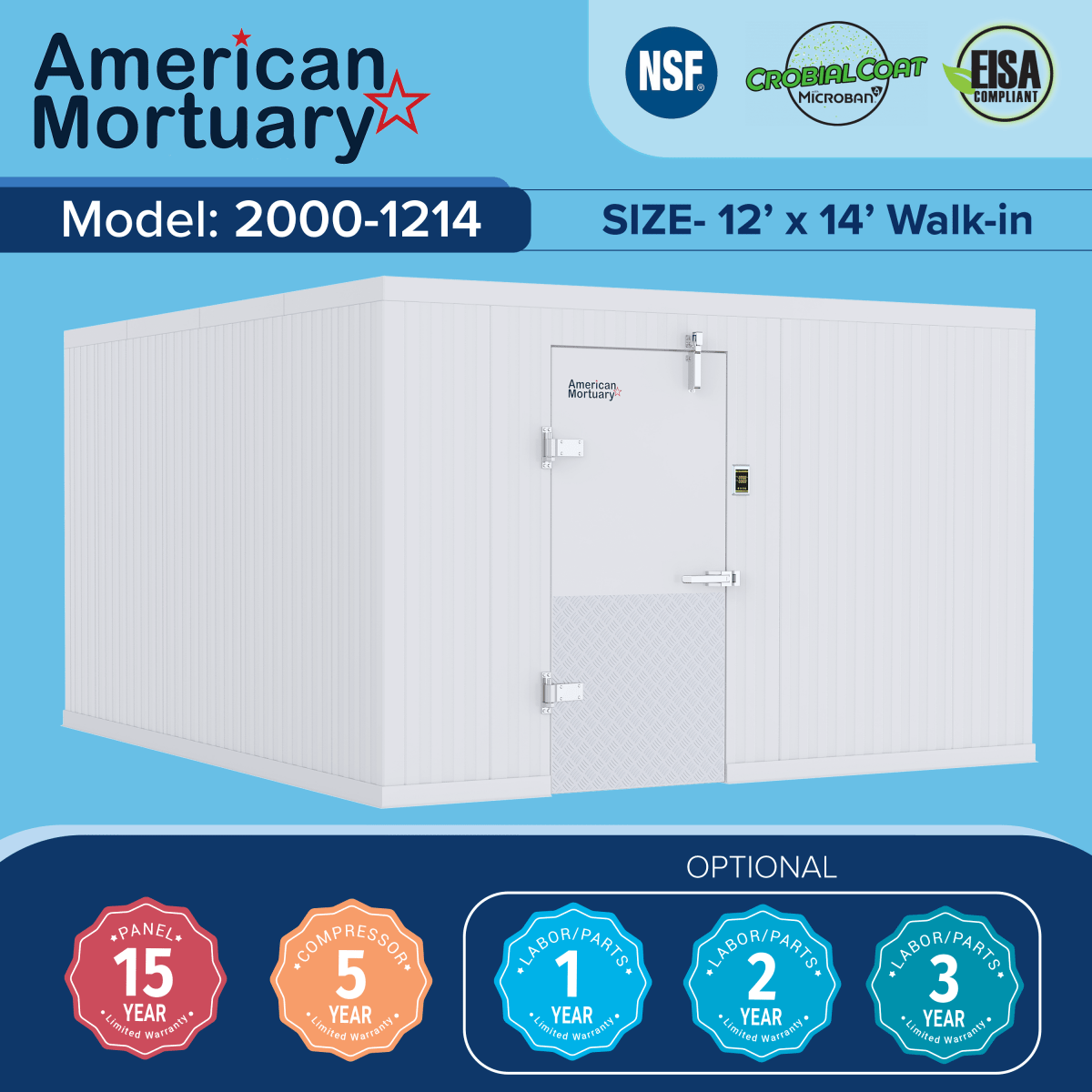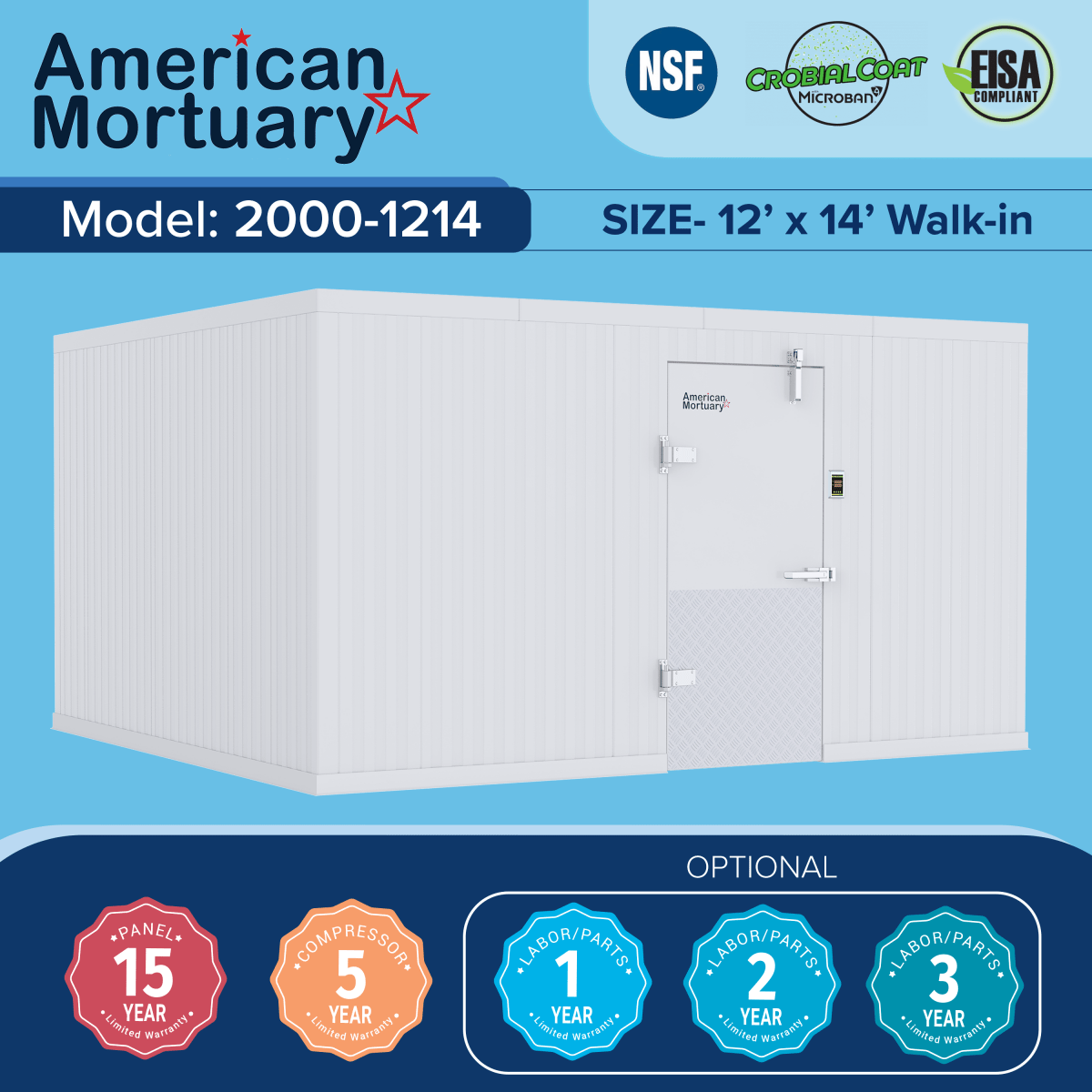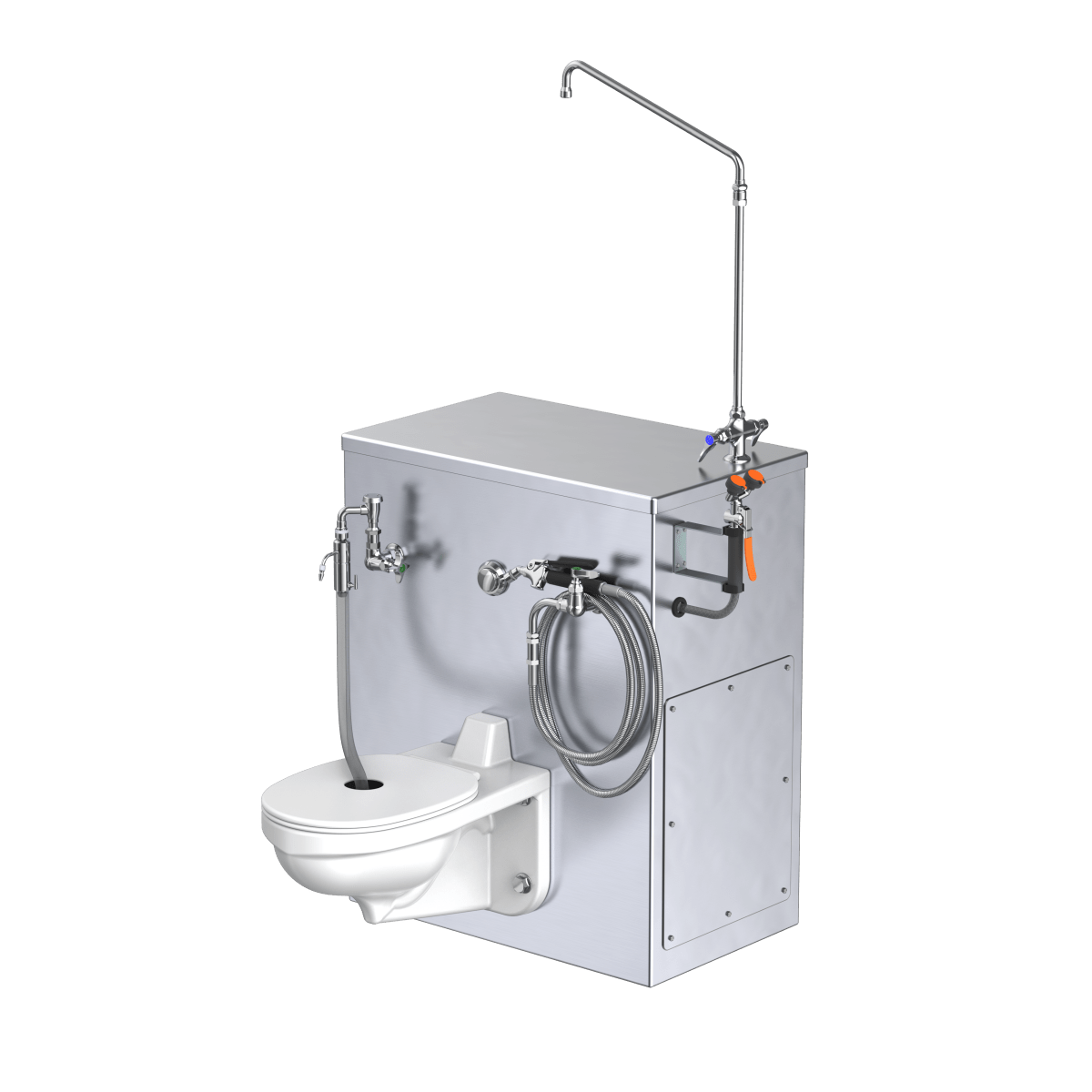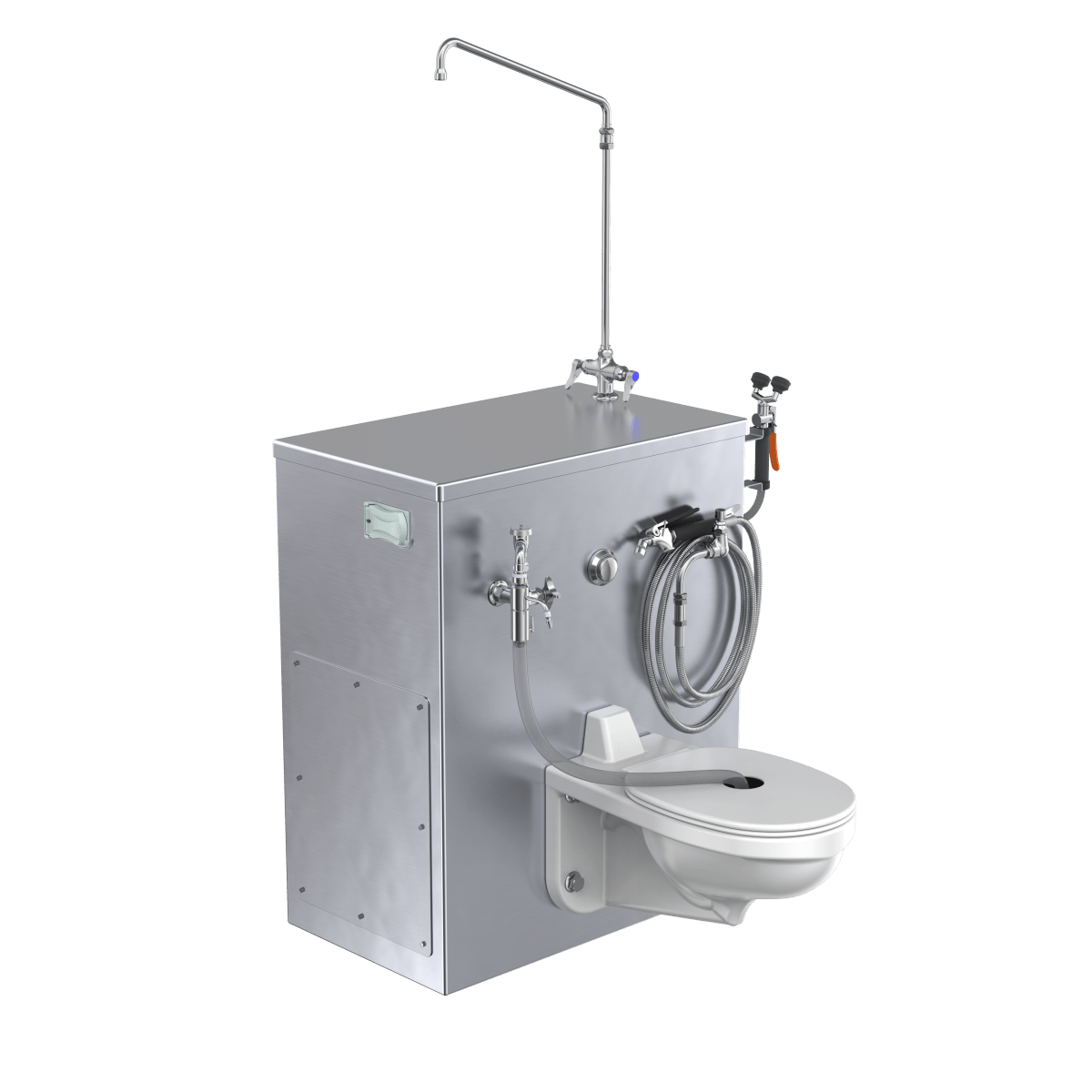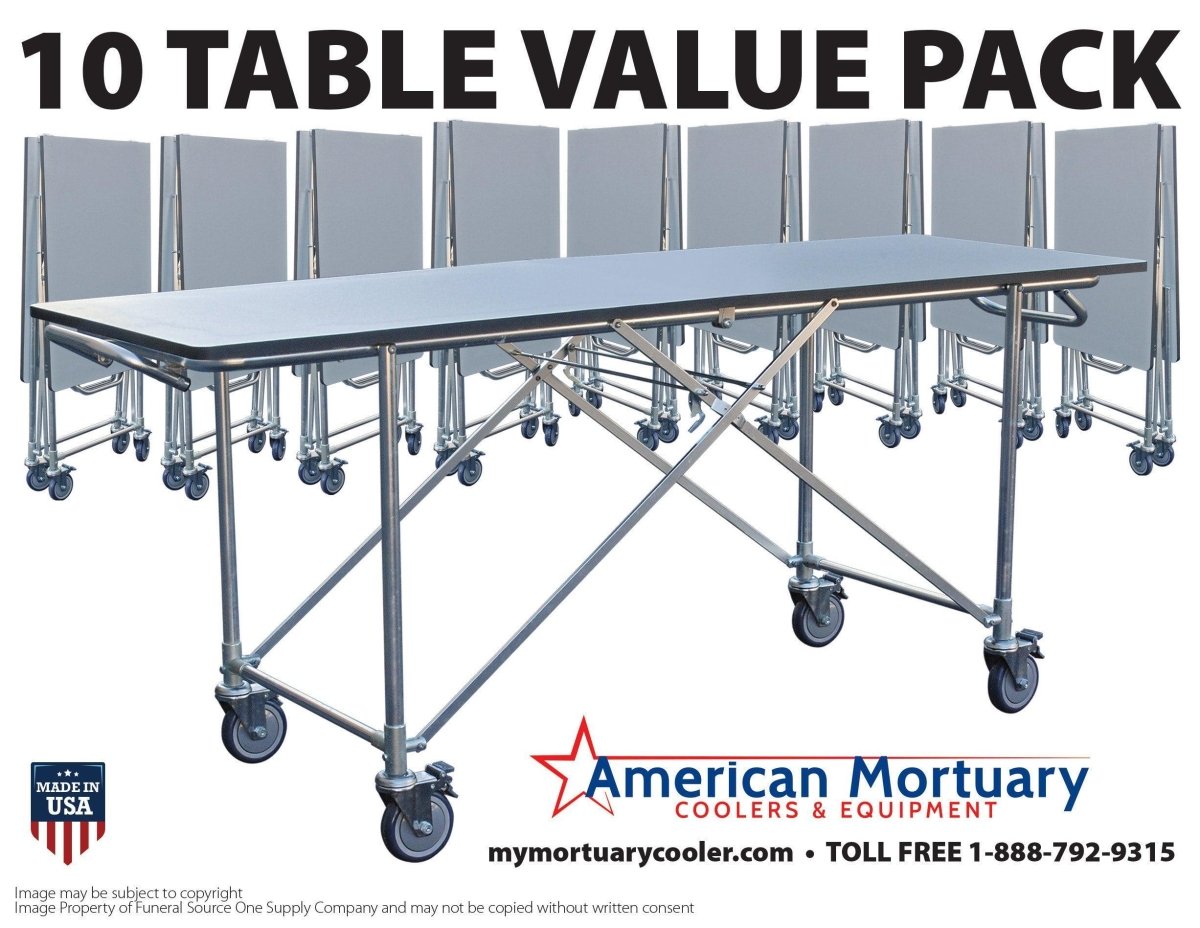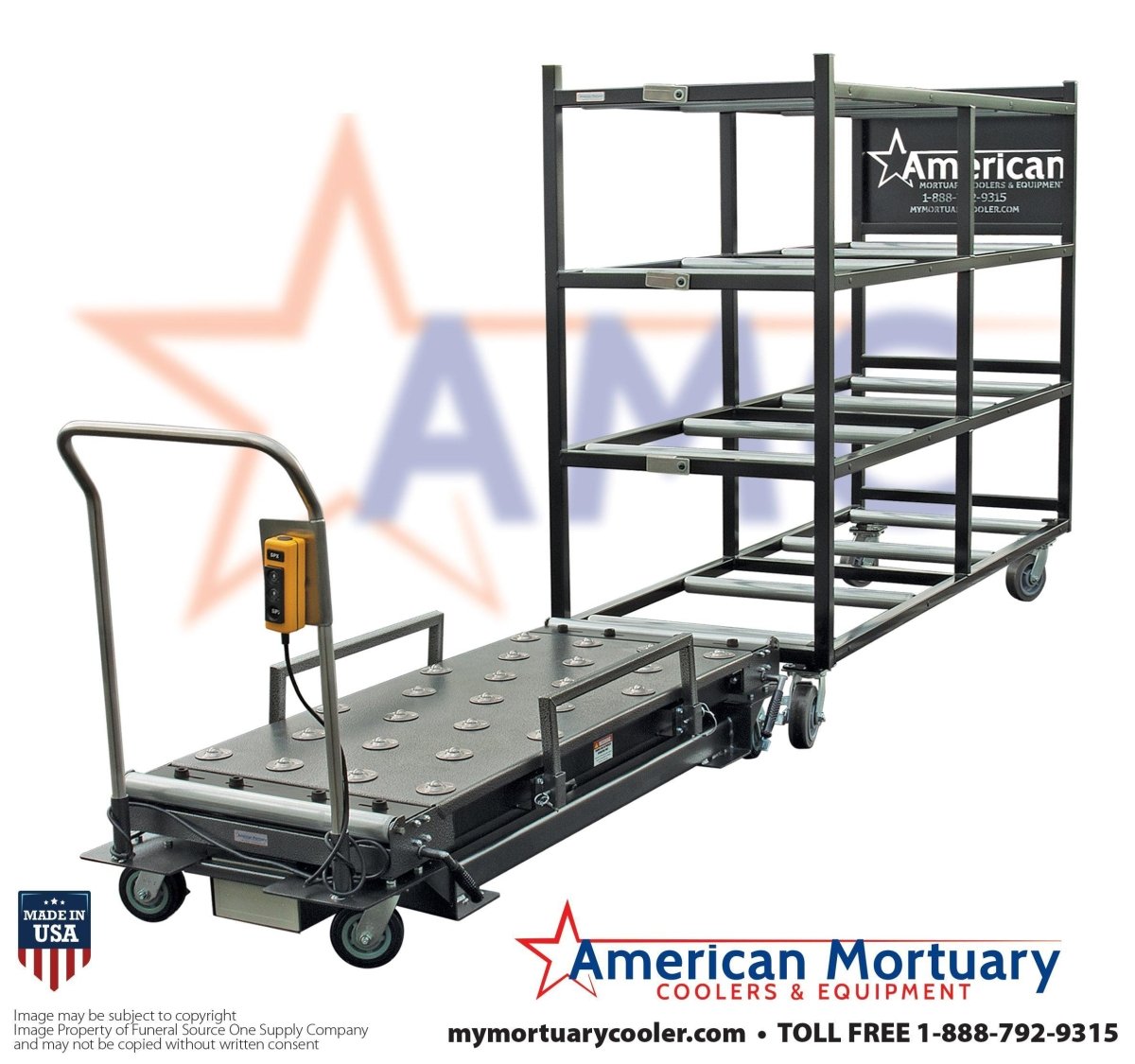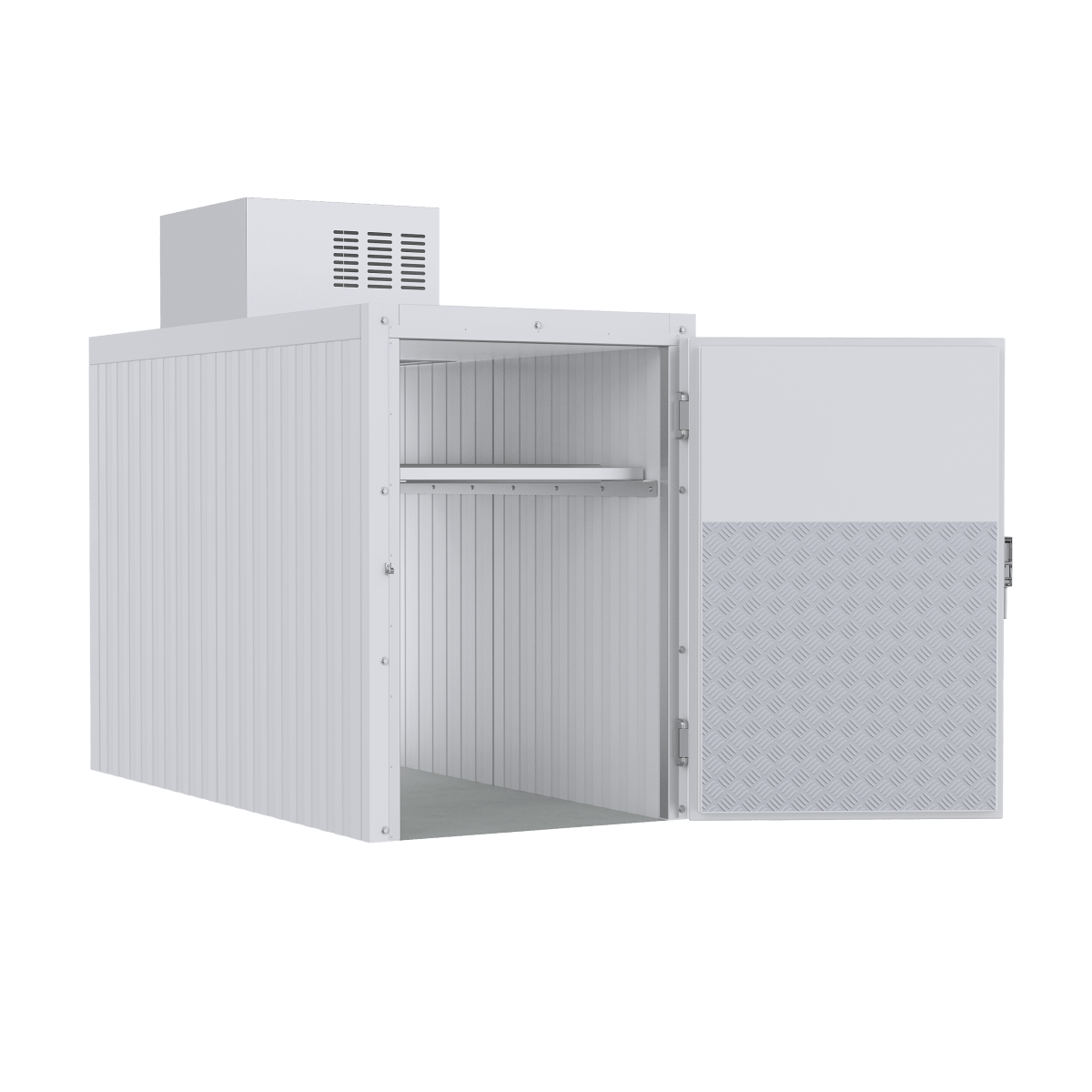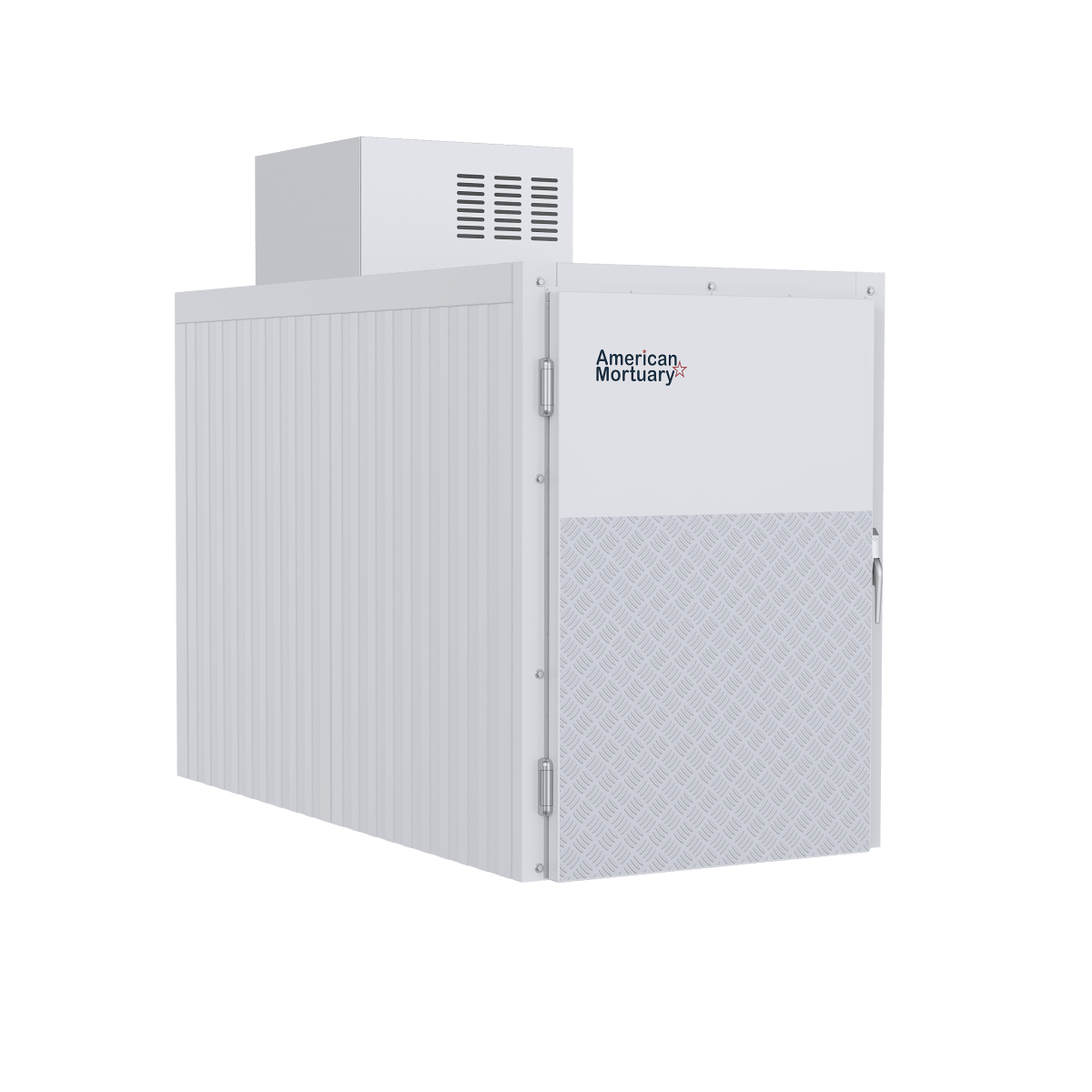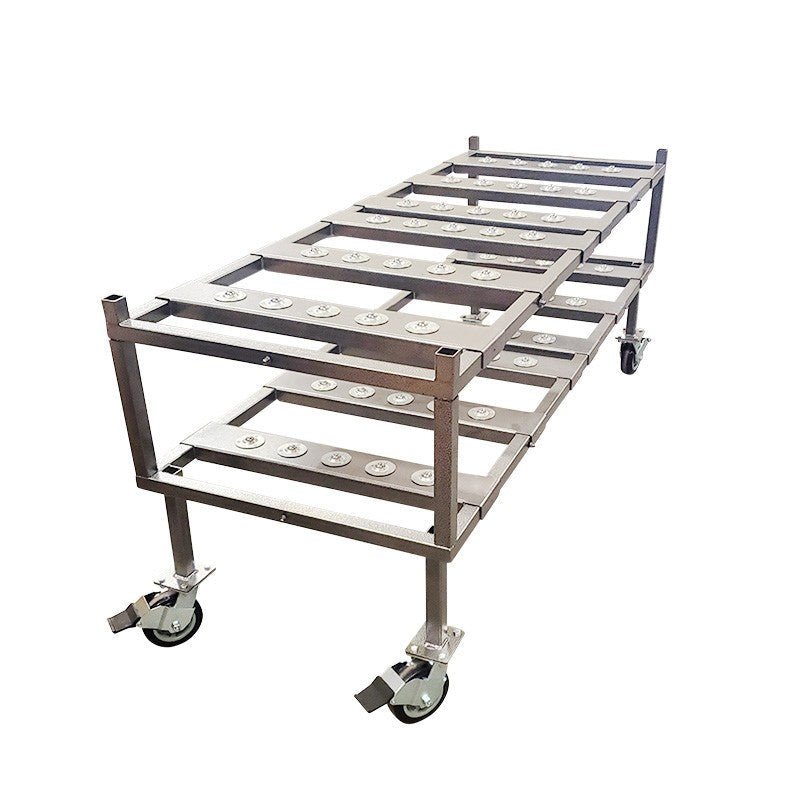Why Veterinary Lift Tables Are Essential for Modern Animal Care
A veterinary lift table is an adjustable-height examination and treatment platform designed to safely lift and position animals during medical procedures while reducing staff injury and improving patient care.
Key Benefits of Veterinary Lift Tables:
- Reduce staff lifting injuries by up to 80% compared to manual lifting
- Support 250-300 lb capacity for most dogs and cats
- Adjust from 4" to 44" height for ergonomic positioning
- Built-in scales provide 0.1 lb accuracy for precise medication dosing
- Save 5-10 minutes per exam through improved workflow efficiency
Main Types Available:
- Electric models - Smooth, quiet operation with foot/hand controls
- Hydraulic tables - Heavy-duty construction for larger animals
- Wall-mounted units - Space-saving solutions for smaller clinics
- Wet/dry tables - Integrated drainage for dental and treatment procedures
- Mobile lift tables - Battery-powered for transport and positioning
The veterinary industry has seen dramatic improvements in staff safety and patient comfort since electric and hydraulic lift systems replaced manual lifting methods. Modern tables feature stainless steel or Corian® surfaces, integrated digital scales, and accessory mounting systems that transform a simple exam into a complete treatment station.
As one user noted about their mortuary stretcher experience: "We already used it for (transporting) 450 pounds..... was smooth and easy to operate." This same principle applies to veterinary settings where proper lifting equipment protects both staff and patients.
I'm Mortuary Cooler from American Mortuary Coolers, where we've supplied heavy-duty lifting solutions nationwide for over a decade, including veterinary lift table installations that prioritize durability and direct shipping. Our experience with professional-grade lifting equipment gives us unique insight into what makes these tables essential for modern veterinary practices.

What Is a Veterinary Lift Table?
Think of a veterinary lift table as the Swiss Army knife of animal care equipment. At its core, it's an adjustable-height platform that transforms from floor level to comfortable working height with the push of a button. But calling it "just a table" would be like calling a smartphone "just a phone" – these systems have become the command center of modern veterinary examinations.
The magic happens when you watch a 100-pound German Shepherd walk calmly onto a lowered table, then smoothly rise to the perfect height for examination. No more wrestling with anxious animals or throwing out your back trying to hoist a reluctant patient onto a static table.
Veterinary lift tables serve multiple roles throughout the day. They handle routine examinations, support minor surgical procedures with proper restraint systems, and accommodate dental cleanings on specialized models with built-in drainage. Many tables also serve as radiographic positioning platforms and post-operative monitoring stations.
The typical lifting range spans from 4 inches above floor level to 44 inches maximum height. This range allows even the largest dogs to step directly onto the lowered surface, eliminating the stress and safety risks of manual lifting. Most tables handle 250-300 pound weight capacity, which covers virtually all dogs and cats you'll encounter in practice.
Construction focuses on hygiene and durability. Stainless steel surfaces remain popular for their antimicrobial properties and resistance to harsh cleaning chemicals. However, Corian® surfaces are gaining ground because they feel warmer to the touch and don't create the cold, reflective surface that can increase patient anxiety. Standard dimensions typically measure 54" × 22", providing adequate workspace while fitting most exam room layouts.
The Scientific research on ergonomic lifting shows impressive results when practices implement proper lifting equipment consistently.
History & Evolution
The story of veterinary lift tables reads like a tale of technological progress solving real-world problems. Early veterinary practices made do with manual tables – essentially fancy wooden or metal platforms that required staff to physically wrestle animals into position. Back injuries were common, and patient positioning was inconsistent at best.
The hydraulic era brought the first taste of adjustable height through manual pump systems. These tables could rise and fall, but operating them still required physical effort to work the hydraulic mechanism.
Electric advances changed everything by introducing smooth, whisper-quiet operation at the touch of a button. Modern electric actuators provide precise height control with minimal noise, keeping both patients and staff happy. Battery-powered systems took it one step further, eliminating power cords and creating truly mobile examination platforms.
Comparing the Main Types of Veterinary Lift Tables
Choosing the right veterinary lift table feels a bit like picking the perfect car—you need to match the features to how you'll actually use it. A busy small animal practice has completely different needs than a large animal clinic or a space-cramped urban office.

| Feature | Electric Models | Hydraulic Models |
|---|---|---|
| Operation | Push-button/foot pedal | Manual pump |
| Noise Level | Very quiet | Moderate |
| Speed | Fast adjustment | Slower adjustment |
| Maintenance | Low | Moderate |
| Power Requirements | 115V AC or battery | None |
| Weight Capacity | 250-300 lbs | 275-300+ lbs |
| Price Range | $4,000-$8,000 | $3,500-$6,500 |
Electric Veterinary Lift Table: Speed & Precision
If you want the veterinary lift table equivalent of a luxury sedan, electric models are your answer. These tables do all the heavy lifting with the push of a button—literally.
Take the Olympic Elite Exam Lift Table. This beauty handles 250 pounds and gives you both foot and hand controls. Picture this: you're restraining an anxious German Shepherd while smoothly adjusting the table height with your foot. No awkward pumping, no loud noises, just smooth precision.
The Midmark Exam Lift Table offers similar capabilities with generous work surfaces and optional scale integration. These electric models shine in busy practices where you're seeing patient after patient. The quiet operation is a huge plus—nervous animals don't get spooked by mechanical noises.
Hydraulic Models for Heavy Duty & Value
Sometimes the tried-and-true approach is exactly what you need. Hydraulic veterinary lift tables like the Hylander and PetLift LowMax models are the workhorses of the veterinary world.
These tables often support 300+ pounds and don't need any electrical connections. The manual pump operation might require a bit of elbow grease, but many vets actually prefer the tactile control it provides.
For practices that see larger dogs regularly or want reliable equipment at a lower initial cost, hydraulic models deliver exceptional value. They're built tough and designed to last, with minimal electronic components that could fail.
Wall-Mounted & Mobile Solutions
Working in a cramped exam room? The Shor-Line Elite Wall series might be your space-saving hero. These veterinary lift tables mount directly to reinforced walls, freeing up precious floor space while giving you full lifting functionality.
Mobile units like the Mobile Animal Lift Table (MALT) and Olympic 2-in-1 Treatment Table bring lifting capability wherever you need it. The MALT supports 200 pounds while staying surprisingly lightweight and maneuverable. The Olympic 2-in-1 ups the ante with 250-pound capacity and rechargeable batteries that provide 125 up/down cycles per charge.
Wet/Dry & Dental Lift Tables
Dental procedures and treatments involving water used to be messy affairs. Then came specialized tables like the Midmark Wet Dental/Treatment Lift Table, and everything changed.
These tables feature integrated drainage systems with hair traps, so you're not constantly mopping up after dental cleanings. The 300-pound capacity handles even large dogs during lengthy procedures, while the raised rear lip design keeps fluids from spilling behind the table.
Critical Features, Accessories & Innovations
When you're shopping for a veterinary lift table, you'll quickly find that today's models are far more than simple lifting platforms. They've evolved into complete treatment centers that can transform how your practice operates.
Let's start with the basics that matter most. Weight capacity is your foundation—most tables handle 250-300 pounds comfortably, though some heavy-duty models push beyond 400 pounds for those extra-large patients. The height range typically runs from about 4 inches (perfect for large dogs to walk right on) up to 44 inches (ideal for staff who prefer standing while working).
Non-slip surfaces keep nervous patients secure during exams. You'll find textured stainless steel, rubber matting, or specialized coatings that provide grip without being harsh on paws. Many practices love the built-in digital scales that offer 0.1-pound accuracy—no more wrestling animals onto separate scales. These scales stay accurate throughout the entire height range and even average weights for squirmy patients.
Control systems have gotten remarkably sophisticated. Hand-held remotes give you precise positioning control, while foot pedals let you adjust height without taking your hands off the patient. Some tables offer wall-mounted switches for convenient room-side operation.
Here's where things get really interesting: accessory socket systems. These drop-in sockets transform your basic table into whatever you need for each procedure. Need an LED examination light? Pop it in. IV pole for fluid therapy? Done. Instrument trays, monitor arms, and even laptop mounts all install without tools and reconfigure in seconds.

The latest innovations are pretty impressive. IoT connectivity lets you track equipment usage and maintenance schedules automatically. Antimicrobial surface treatments help reduce bacterial growth between patients. Wireless pedal systems eliminate those annoying cords that everyone trips over.
Some of the newest tables even integrate with electronic medical records, automatically documenting patient weights without any typing. It's the kind of time-saver that adds up over hundreds of appointments.
For More info about exam tables, you can explore detailed comparisons of traditional examination surfaces versus modern lifting systems.
Choosing a Veterinary Lift Table for Your Practice
Your practice type should drive your veterinary lift table decision. Companion animal practices typically prioritize patient comfort features like warm Corian® surfaces and whisper-quiet operation that won't spook anxious pets. Large animal or mixed practices need the muscle—higher weight capacities and construction that can handle daily heavy use.
Budget considerations generally fall into three clear categories. Entry-level options ($3,500-$5,000) get you solid hydraulic models with manual operation—reliable workhorses without the bells and whistles. Mid-range tables ($5,000-$7,500) bring electric operation and standard features that most practices find ideal. Premium models ($7,500-$10,000+) include integrated scales, advanced accessories, and the smoothest operation available.
Brand pricing varies significantly based on what you're getting. Olympic and Midmark represent the premium end with comprehensive warranties and top-tier construction. PetLift and Suburban Surgical offer excellent value with solid engineering at more accessible price points.
Think about your daily workflow too. High-volume practices benefit from the speed and consistency of electric models. Smaller practices might find hydraulic tables perfectly adequate while saving money for other equipment needs.
Latest Trends & Smart Tech
The veterinary lift table world is getting surprisingly high-tech. EMR-ready scales now transmit weight data directly to your practice management software, eliminating those little transcription errors that can affect medication dosing. No more scribbling weights on paper towels!
Antimicrobial surface treatments use silver ion technology or specialized coatings that actively fight bacterial growth between cleanings. These surfaces maintain their germ-fighting power through repeated disinfection cycles—pretty handy when you're seeing everything from muddy farm dogs to exotic birds.
Wireless pedal systems might seem like a small thing, but they're game-changers for busy exam rooms. Bluetooth connectivity means you can operate the table from anywhere in the room without worrying about cord placement or line-of-sight issues. Your staff will thank you for eliminating those ankle-catching cables.
The smart connectivity features are particularly interesting for multi-doctor practices. Equipment tracking helps with maintenance scheduling, usage monitoring can inform purchasing decisions, and some systems even alert you to potential mechanical issues before they cause downtime.
Safety, Ergonomics & Fear-Free Workflow Benefits
When you're dealing with a squirming 80-pound dog or a nervous cat, the last thing you want to worry about is throwing out your back. That's where veterinary lift tables become absolute game-changers for both your staff and your four-legged patients.
The numbers don't lie—practices using proper lifting equipment see up to 80% reduction in staff lifting injuries compared to those still wrestling animals onto static tables. Your workers' compensation insurance company will definitely notice the difference, and your staff will thank you for not asking them to deadlift a Great Dane every Tuesday.
OSHA compliance becomes much simpler when you eliminate the manual handling of heavy animals altogether. The guidelines are clear: mechanical lifting aids should be used for patients over 40 pounds. It's not just good practice—it's smart business that protects your most valuable asset, your team.
Quiet electric motors don't just make life easier for your staff—they create a completely different experience for anxious animals. Instead of the sudden jerky movements and grunting sounds that come with manual lifting, you get smooth, vibration-free operation that barely registers on a nervous pet's stress meter.
Corian® surfaces feel warmer and less clinical than traditional stainless steel, which might seem like a small detail until you watch a scared dog relax the moment they step onto the table. The non-reflective properties also eliminate those harsh glare spots that can trigger visual stress in sensitive animals.

The real magic happens when animals can walk directly onto a lowered table instead of being hoisted up like cargo. Most dogs instinctively understand the invitation, and even anxious cats seem to prefer stepping up rather than being grabbed and lifted. The Scientific research on fear-free handling backs this up with solid evidence about stress reduction in veterinary environments.
Training & Protocols
Getting the most out of your veterinary lift table investment means training your team properly from day one. The good news is that most staff pick up the basics quickly—it's mostly about breaking old habits and building new, safer ones.
Proper loading techniques start with patience. Lower that table all the way down and give animals time to investigate and step up on their own. For non-ambulatory patients, you'll still need to use proper lifting techniques when transferring them to the table surface, but at least you're lifting onto a low surface.
Weight limits aren't suggestions—they're engineering specifications. Make sure everyone on your team understands the maximum capacity of your specific table and never tries to push beyond it.
Daily inspection checklists should become as routine as checking your autoclave. Verify that lift mechanisms operate smoothly, check for any surface damage or wear, and make sure safety features like emergency stops function correctly.
Accessory-Driven Safety Upgrades
Modern veterinary lift tables become even safer with the right accessories. Tie-down cleats provide secure anchor points for restraint straps without requiring permanent modifications to your table. Side rails attach to table edges and create barriers that prevent patient falls during procedures.
Anesthesia mounting systems might be the unsung heroes of surgical safety. By securing gas machines and monitoring equipment directly to the table, you eliminate those dangerous trailing hoses and cables that create trip hazards.
Buying, Installation & Maintenance Roadmap
Investing in a quality veterinary lift table requires understanding the complete ownership picture—from initial purchase through years of daily service. These tables represent one of the most durable equipment investments a practice can make.
Price ranges typically span $4,000 to $10,000 depending on features and construction quality. Basic hydraulic models start around $4,000, while premium electric tables with integrated scales and accessories can reach $10,000 or more. Don't forget to budget for freight shipping costs of $200-$500—these tables are heavy, well-built units that require professional delivery.
Warranty coverage varies significantly between manufacturers, ranging from 2-5 years on parts and workmanship. Some companies offer lifetime warranties on stainless steel components, recognizing the durability of their construction.
Daily cleaning protocols keep your table functioning properly while maintaining hygiene standards. Most veterinary lift tables handle standard veterinary disinfectants without issues, but always check manufacturer guidelines. Sealed actuator systems protect internal mechanisms from moisture and cleaning chemicals.
Understanding duty cycles prevents equipment damage and ensures longevity. Electric actuators typically allow 1 minute of operation followed by 9 minutes of rest to prevent overheating.
Floor space planning requires approximately 4' × 6' for standard tables, plus additional clearance for patient approach and staff movement. Power requirements include standard 115V AC connections for electric models, with some offering battery backup options.
The resale value remains strong for well-maintained tables from established manufacturers. Quality units often provide decades of reliable service, making them excellent long-term investments.
For practices exploring similar equipment, More info about lifting trolleys covers related lifting solutions across different applications.
Installing a Veterinary Lift Table Along Workflow Lines
Smart veterinary lift table placement transforms exam room efficiency. The table position should create natural workflow patterns—allowing easy patient access while giving staff adequate movement space and equipment storage areas.
Floor plan considerations often require minor modifications to accommodate the table footprint and ensure proper clearances. Door widths must allow equipment delivery, and ceiling height should accommodate maximum table elevation plus comfortable staff working height.
Wall reinforcement becomes critical for wall-mounted units. Don't skip the structural engineering consultation—walls must support the combined weight of table and maximum patient load.
Drainage installation for wet tables requires professional plumbing work with proper slope and trap configurations. Local building codes may specify requirements for medical facility drainage systems.
Maintenance & Warranty Must-Knows
Daily sanitation routines should follow manufacturer guidelines exactly—improper cleaning can void warranties. Most veterinary lift tables tolerate standard veterinary disinfectants, but harsh chemicals or high-pressure washing may damage sensitive components.
Actuator care involves periodic lubrication of mechanical components and inspection of electrical connections. Battery-powered units require regular charging cycles and eventual battery replacement after 3-5 years of service.
Parts sourcing becomes important for long-term equipment support. Established manufacturers like Olympic and Midmark maintain parts inventories for discontinued models, while newer companies may not offer the same support longevity.

Frequently Asked Questions about Veterinary Lift Tables
How much weight can a standard veterinary lift table handle?
The weight capacity question comes up in nearly every veterinary lift table consultation I have with practices. Most standard tables handle 250-300 pounds comfortably, which covers about 95% of the dogs and cats you'll see in a typical day.
If you're working with larger breeds regularly or do any livestock work, you'll want to look at specialized heavy-duty models that support 400+ pounds. On the flip side, smaller practices focusing on cats and small dogs might get by with compact models rated around 200 pounds—though I usually recommend going bigger than you think you need.
Here's the important part: never exceed the manufacturer's weight rating. I've seen too many practices learn this lesson the hard way when an overloaded actuator fails mid-examination. It's not just expensive to repair—it's dangerous for both your patient and staff.
Do I need a built-in scale or a separate platform?
This is honestly one of those "you don't know what you're missing until you have it" features. Built-in scales transform your workflow by letting you weigh and examine in one smooth motion. No more coaxing nervous dogs back and forth between a floor scale and exam table.
The integrated scales give you 0.1-pound accuracy at any table height, which is perfect for precise medication dosing. Your staff will love not having to remember separate weight readings, and the automatic recording to your practice management system eliminates those "wait, how much did Fluffy weigh again?" moments.
The downside? Built-in scales add $1,000-$2,000 to your table cost. Separate platform scales cost less upfront and work fine if you have the floor space. But most practices tell me the convenience factor makes the integrated scale worth every penny—especially in busy clinics where every minute counts.
What is the lifespan of an electric lift actuator?
Electric actuators are the heart of your veterinary lift table, and with proper care, you can expect 8-12 years of reliable service. That's thousands of up-and-down cycles supporting everything from anxious chihuahuas to gentle giant Great Danes.
The key factors that affect lifespan include following the duty cycle recommendations (usually 1 minute on, 9 minutes off), keeping the table clean but not soaking the actuator, and doing basic maintenance like checking connections annually.
Environmental conditions matter too. Sealed actuators in wet table applications may have shorter lifespans due to moisture exposure, but they're designed for that environment. Regular hydraulic fluid changes and proper drainage help maximize their service life.
When an actuator does eventually wear out, replacement costs run $800-$1,500 depending on your table model. While that's not pocket change, it's much less than replacing the entire table—and a good reminder why proper maintenance pays off in the long run.
Conclusion
Investing in a veterinary lift table is one of those decisions that pays for itself in ways you might not expect. The upfront cost feels significant, but when you consider the 80% reduction in staff lifting injuries and the smoother daily workflow, it becomes clear why these tables have become essential equipment in modern veterinary practices.
At American Mortuary Coolers, we've spent years helping professionals across different industries solve their heavy lifting challenges. Our experience with durable lifting equipment in demanding environments gives us a deep appreciation for what makes a veterinary lift table truly valuable—it's not just about moving animals, it's about protecting your team and creating a calmer experience for your patients.
The beauty of today's market is that there's truly something for every practice. Small clinics can benefit from space-saving wall-mounted units, while busy practices might find electric models with integrated scales transform their efficiency. Even practices on tight budgets can access reliable hydraulic systems that deliver the core benefits.
What consistently surprises practice owners is how quickly their teams adapt to the new workflow. Staff members who were skeptical about "fancy equipment" often become the biggest advocates once they experience the difference.
The patient benefits are equally compelling. Watching a nervous dog walk calmly onto a lowered table instead of being wrestled onto a high surface changes the entire dynamic of the exam room. It's one of those improvements that makes everyone's job easier while genuinely improving animal welfare.
We've built our reputation on delivering durable, custom solutions directly to our customers across all 48 contiguous states. When you're ready to explore your options, we understand the importance of getting equipment that matches your specific needs and workflow patterns.
The investment in proper lifting equipment represents more than just buying a table—it's investing in your team's long-term health, your practice's efficiency, and your patients' comfort. That's a combination that makes financial sense from every angle.
For More info about mortuary lifting equipment, our comprehensive guides demonstrate how professional lifting solutions create safer, more efficient work environments across multiple industries.
The future belongs to practices that prioritize both staff wellness and patient care. A veterinary lift table delivers on both fronts, making it one of the smartest equipment investments you can make for your practice's long-term success.


